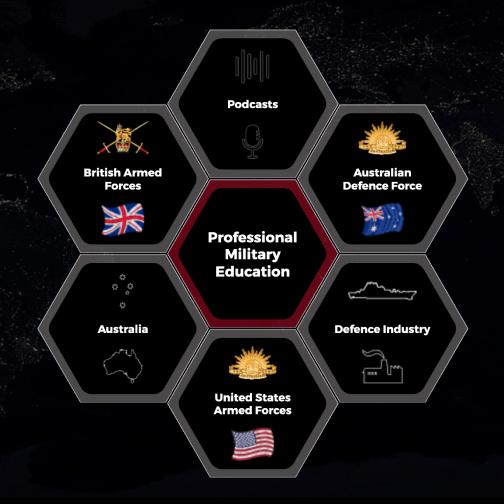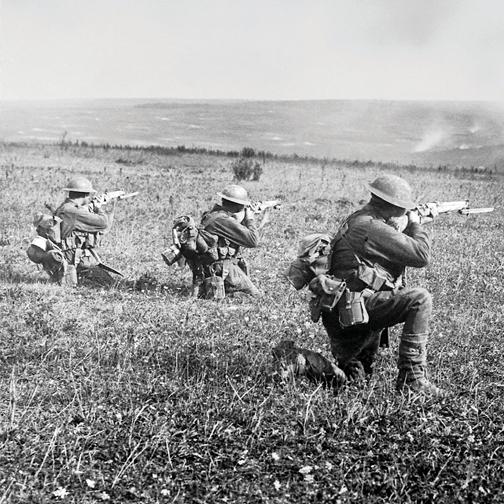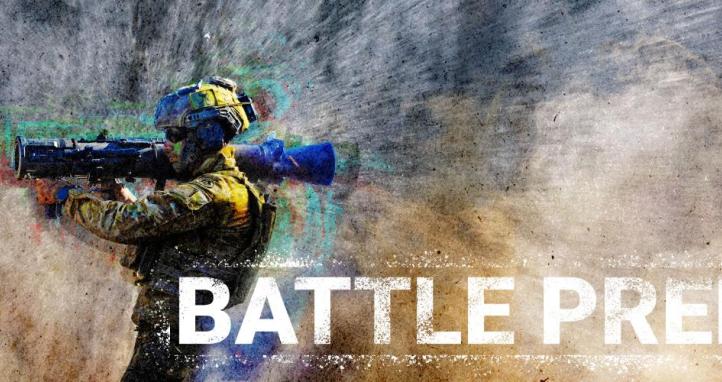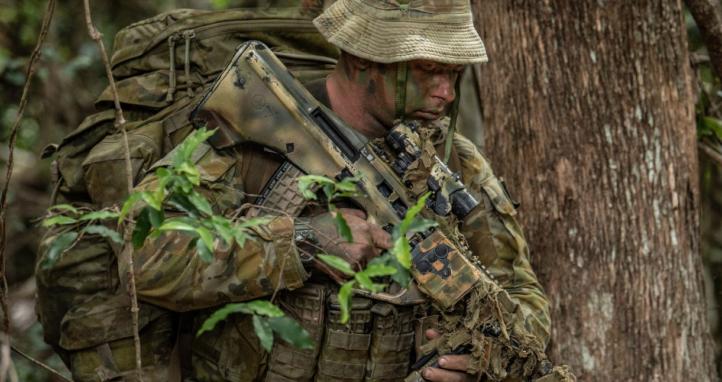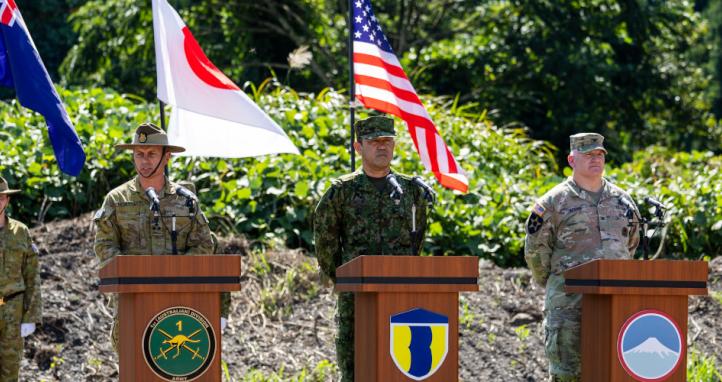The modern battlefield is no longer defined solely by terrain, weapons, or formations. It is shaped by data, dominated by surveillance, and contested in the electromagnetic spectrum. While firepower still matters, communication superiority is now a decisive factor in combat effectiveness and survivability.
Forces operating against a near-peer adversary must assume that every transmission, movement, or digital footprint is being monitored. Sophisticated ISR assets, both aerial and terrestrial, combined with real-time analysis, have made electronic signature management critical to mission success. In this evolving environment, remaining silent can be more lethal than shooting first.
The Communications Dilemma
At its core, communication in combat must achieve three things:
- Securely transmit intent and information.
- Do so in a timely and reliable manner.
- Avoid detection, interception, or disruption.
Achieving all three simultaneously is extremely difficult. Every communications method carries trade-offs. The more secure and low-profile a system is, the more limited it may be in speed or range. Conversely, systems with higher throughput or range tend to increase the risk of detection or compromise. This tension is the heart of the communications dilemma.
Breaking Down the Trade-Offs:
Security
Security is non-negotiable in a high-threat environment. Many communications platforms, especially traditional military radios, are vulnerable to sophisticated interception techniques. Our potential adversaries have invested heavily in signals intelligence (SIGINT) and electronic warfare (EW) capabilities. High-power radio transmissions, even when encrypted, are still detectable and can be triangulated for targeting.
Alternatives like end-to-end encrypted messaging apps (Signal, Wickr) offer low-profile, highly secure communications, particularly when used over private or mesh networks. These tools, when integrated with prearranged code words and minimalistic message protocols, reduce electronic exposure. However, they depend on smart devices, which can introduce risks such as geolocation tracking, malware injection, or signal anomalies detectable by EW assets.
Key point: In high-risk areas, the priority must shift from ease of communication to emission control and signature minimisation.
Redundancy
Resilience in communications means being prepared for primary systems to fail or be actively denied. A robust PACE plan (Primary, Alternate, Contingency, Emergency) is essential. However, many units either do not rehearse these plans or rely on systems that are all equally vulnerable to a single threat vector.
For example, if all layers (radio, digital messaging, satellite) are dependent on the same power source or EM spectrum, a well-targeted EW strike could knock them all out simultaneously. Genuine redundancy demands diversity not just in hardware, but also in platform, transmission medium, and tactical employment.
Examples of diversified redundancy include:
- Low-tech solutions: Messengers, written notes, light signals, or even whistle codes in jungle terrain.
- Mid-tech: Mesh networks that route around interference automatically.
- High-tech: Satellite uplinks from mobile terminals, particularly with commercial providers like STARLINK, offer near global coverage, but they must be hardened against jamming and cyber-attacks.
Key point: PACE plans must be adaptable, practised, and account for spectrum denial, terrain, and enemy capabilities.
Data Throughput
The more data you transmit the greater your risk. Live video feeds, real-time blue force GPS tracking, and voice comms are valuable but create an extensive digital footprint. These transmissions can be detected, jammed, spoofed, or used to trace unit locations and intentions.
In high-risk scenarios, reverting to low-data communication methods, such as text-based messages with minimal content, is often more effective. Combined with brevity codes and mission-specific lexicons, this approach minimises risk while still enabling timely and clear information sharing.
Key point: Bandwidth discipline is as important as fire discipline. Transmit only what is necessary.
Distance and Terrain
Distance remains a critical factor. Jungle, mountains, and urban terrain all reduce the effectiveness of line-of-sight (LOS) radios. High-Frequency (HF) systems offer longer reach, but setup, environmental noise, and antenna exposure limit their tactical utility. Satellite systems overcome these issues but introduce new problems such as latency, dependency on external providers, and vulnerability to EW or anti-satellite attacks.
Hybrid approaches that combine LOS, satellite, and low-profile digital relays offer the most flexibility. The integration of cross-battle group communication SOPs that leverage a mix of methods – depending on terrain and threat level – is the way forward.
Key point: Terrain should dictate the communication architecture, not convenience.
Real-World Case Study: Jungle Mass Casualty Incident
During a deployment to the Philippines, I worked alongside the Armed Forces of the Philippines and the 25th Infantry Division, US Army. Our operating environment: dense jungle, high humidity, minimal infrastructure, and limited GPS availability.
A ‘NODUFF’ (or real) mass casualty incident occurred during a training patrol. Conventional Very-High Frequency (VHF) / Ultra-High Frequency (UHF) radios failed and were completely unusable under the jungle canopy. Instead of losing time trying to establish retransmission (or ‘retrans’), our team pivoted to a low-profile communication solution: encrypted messages over smartphones that were preloaded with code words and followed our SOPs.
Within minutes, casualty reports were submitted, the medical evacuation landing zone was identified, and clearance was obtained. A UH-60 Blackhawk arrived within 20 minutes using a jungle penetrator, completing the extraction without a single radio call.
This event reinforced three things:
- Terrain can render your best communications gear ineffective.
- Flexibility and planning beat raw transmission power.
- Sometimes the quietest method is the fastest.
Stop Repeating the Past
Most military training still assumes that primary comms will be available and effective. It rarely accounts for contested spectrum, denial-of-service, or cyber interference. We drill weapons, formations, and tactics, techniques and procedures, but often treat communications as an afterthought. That must change.
Future-ready training must include:
- PACE plan rehearsals in all terrain types.
- Signature management drills (silent patrols and emission control operations).
- Digital communications training (how to use low-profile apps securely).
- Electronic warfare simulations (forcing comms shutdown and requiring alternate methods).
- Red team exercises where communications are actively attacked or jammed.
- Training must mirror reality: communications will break down, and when they do, your people must adapt, improvise, and carry on the mission.
In the fight of the future, it won’t be the loudest force that wins, it will be the stealthiest, smartest, and most resilient. Communications must evolve from being a support function to being a strategic capability on par with firepower and mobility.
To endure on a modern battlefield, we must ensure we adhere to the following:
- Emit less – communicate smarter.
- Train for silence – prepare for denial.
- Control your signature – master your spectrum.
The battlefield is listening. Only the unheard will endure.
